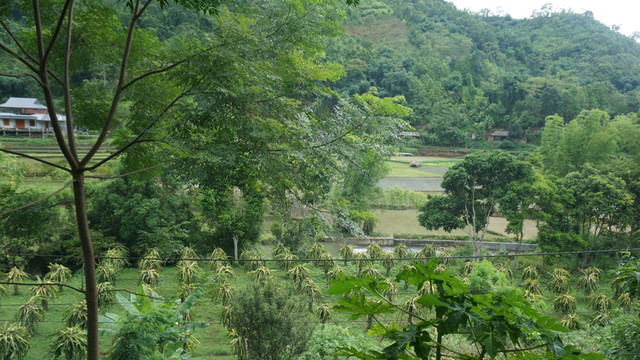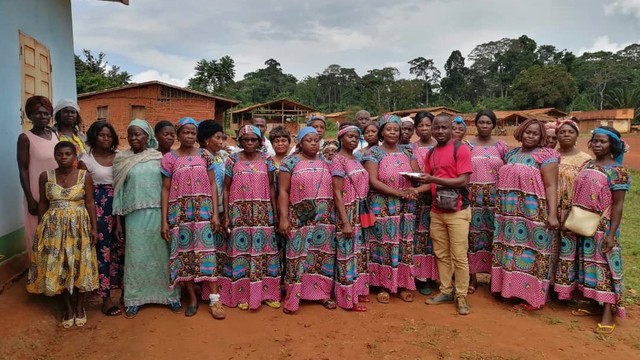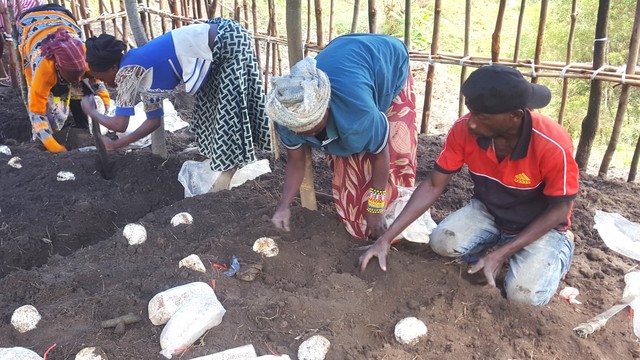Wanted: Community wildlife conservation success stories
Ensuring local communities benefit from wildlife is key to successful conservation in the long term and can also help to fight the illegal wildlife trade. Share your community success stories with us on World Wildlife Day.


Community-based conservation has worked for black rhinos (Photo: Park Street Pro via http://creativecommons.org/licenses/by/2.0/)
Today is World Wildlife Day. While you may greet another international day with little enthusiasm, recent initiatives combating the illegal wildlife trade are worth celebrating. In February, Heads of State and Ministers from 46 governments agreed a declaration to combat the illegal wildlife trade. And a new coalition of international conservation organisations called United for Wildlife held a meeting to agree solutions to the wildlife trafficking crisis.
Ensuring local communities benefit from wildlife conservation will be key to their success. To date, however, this essential pillar of wildlife conservation has been over-shadowed by attention to law enforcement and demand reduction.
The good news is that supporting communities to manage the wildlife on their land is one of the solutions United for Wildlife plans to take forward. Governmental signatories to the London Declaration have also committed to "enhance support for community led wildlife conservation" to "include local communities in, establishing monitoring and law enforcement networks in areas surrounding wildlife". This is important because the declaration will affect policymaking for years to come.
So, what do successful models of community-led conservation and law enforcement look like? There are some well-known examples that we often hear about at conferences such as those in London last month.
Namibia: protecting the black rhino
Namibia is one of the best known examples of where community-based conservation has really worked, for black rhinoceroses, and its other wildlife.
Thirty years ago the NGO Integrated Rural Development and Nature Conservation (IRDNC) began to pay local people to protect wildlife. Then, following Independence in 1990, the government made an important decision to devolve the rights to use and benefit from the wildlife to the local people.
This transformed attitudes to conservation and was key to the country's success. Community ownership of conservation areas makes illegal poaching feel wrong and irrational as the wildlife helps generate profits. Local communities run small tourism enterprises, sell licences for tourism and trophy hunting to private operators (which in turn generates employment and a supply of game meat) and trade in handicrafts and cosmetics based on natural products.
An insurance scheme ensures local people are compensated for the damage caused by the wildlife – a downside of successful conservation that locals must bear.
In 2004, CITES gave Namibia an annual export quota of five hunting trophies for adult male black rhinoceros in recognition of their improved conservation status. The trophy fees are high and support rhino conversation and habitat protection. Since then, black rhino populations have continued to increase, from 1,435 in 2007 to 1,750 in 2012.
Namibia is not alone in adopting this approach. In the Andes, money from traded vicuña fibre has led some indigenous communities to share their grazing land with this threatened relative of the llama. Vicuña recovered from 10,000 in 1965 to 421,500 in 2010.
Kenya: most wildlife outside national parks
In Kenya, approximately 70 per cent of wildlife lives on community or private land outside of the national parks and reserves, so working with local communities is crucial. Community-managed conservancies supported by the Northern Rangelands Trust, protect wildlife and benefit through tourism and employment as game guards and rangers.
This approach is having important results. Hiring local people as rangers has increased the social pressure against poaching. Populations of the highly endangered Grevy's zebra are on the rise due to improved rangeland management, with sixty percent of the entire population now found on community-owned land.
There must be plenty of other examples beyond these and other well-known cases. We would love to hear your insights into other successful models of community wildlife management or efforts to tackle the illegal wildlife trade.
Please get in touch with your examples in the comments section below. The more evidence we have, the stronger the case and the easier for all of us to make sure these commitments made in London are followed through!
Dilys Roe is a principal researcher at the International Institute for Environment and Development (dilys.roe@iied.org)


